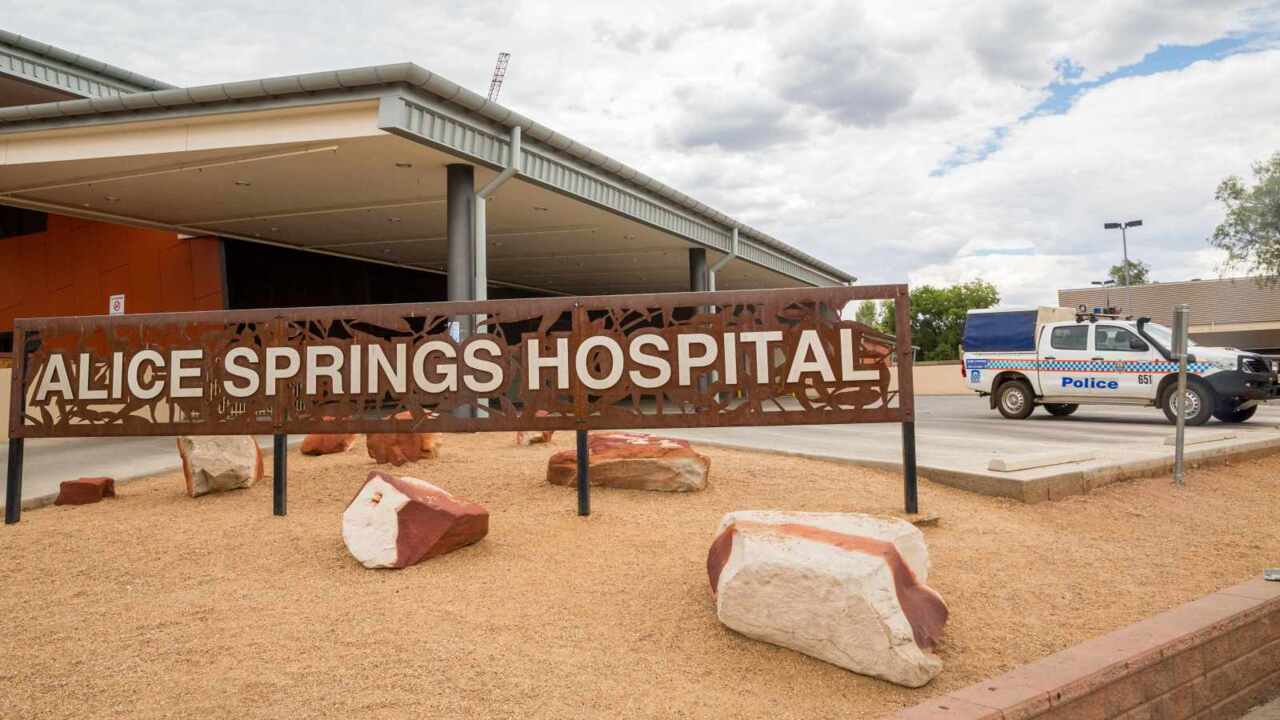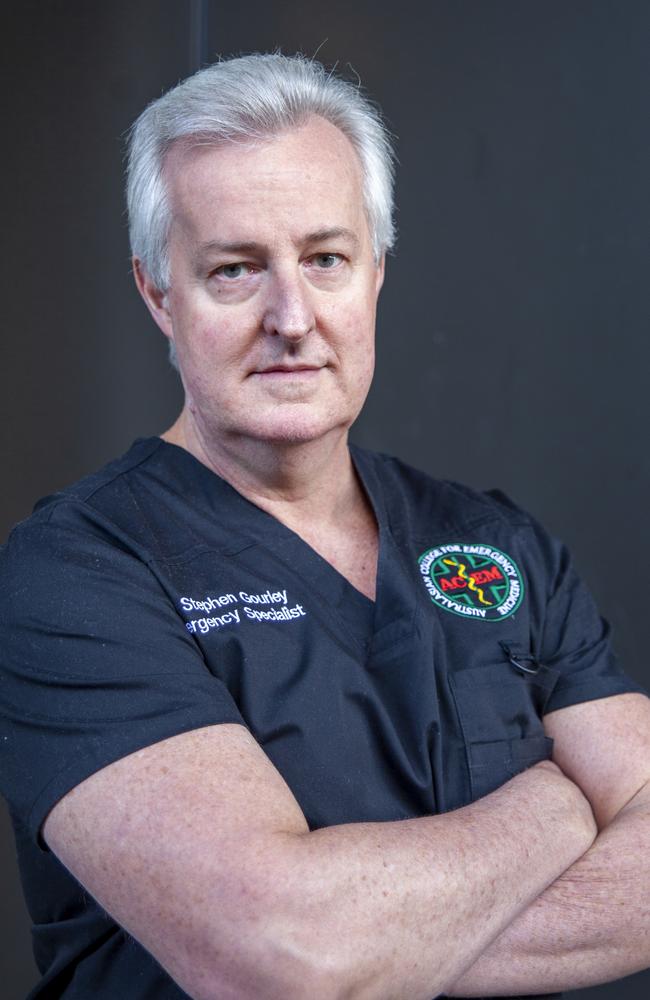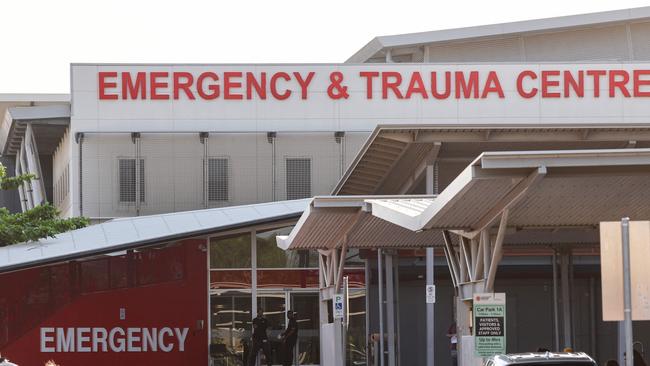NT emergency department presentations, waiting times increase in 2023-23
The rate of emergency department presentations in NT hospitals is the highest in the country, with Territorians waiting longer to be admitted. Read what is behind the increase.

Northern Territory
Don't miss out on the headlines from Northern Territory. Followed categories will be added to My News.
The Northern Territory has the highest rate of emergency presentations in the country, and the number of people visiting the department and length of time they are waiting is at a 10-year high.
Data released today by the Australian Institute of Health and Welfare showed there were more than 181,000 presentations in the 2022-23 financial year, up from 171,000 the previous year.
That number represented a rate of 745.2 per 1000 people, more than two times higher than the next highest jurisdiction’s rate of 368.3.
This represented an increase of 6.1 and 5.3 per cent year-on-year respectively.
Australasian College of Emergency Medicine’s newly-minted president Stephen Gourley, who works in Alice Springs hospital, said he was not surprised by the latest results.
“What it’s showing is the burden of disease that we’ve got in the Territory,” he said.
“It’s always reflective of the high number of Indigenous people we have.”
Indigenous Australians represented more than 86,000 of the presentations in the financial year, a rate of 1265.4 per 1000.
“People that live rurally and Indigenous people have high levels of chronic illness so need to access those services more often,” Dr Gourley said.

The median waiting time in the emergency department was also the highest it had been since at least 2018, with 50 per cent of patients seen within 38 minutes.
The increase in the length of waiting time made the NT the second slowest jurisdiction, just behind Western Australia at 41 minutes.
The national average was 20 minutes.
Ninety per cent of patients were seen to within 161 minutes, up from 134 minutes at the same time last year.
Dr Gourley said his personal experience attested to an increase in demand at hospitals, which was outstripping capacity.
“We do our best to try and see everyone but we do have to see the most ill first so people that aren’t sick have to wait longer,” he said.
The data also revealed the most common population group to visit the emergency department were women aged between 25 and 34 years old.

Chief and Health Minister Natasha Fyles said the government was working to reduce the waiting times in hospitals by investing in other healthcare options.
“We know wait times in our emergency departments are too long, this is why we have Urgent Care Clinics in Palmerston and Alice Springs, and why we have expanded the healthdirect helpline across the Northern Territory, meaning callers from the NT who need GP consultation but cannot meet their normal GP in an appropriate time frame can now access the option of a virtual GP service after hours,” she said.
Dr Gourley said while other options to accessing health were important, a long-term solution would only come once the healthcare system as a whole was improved.
“They’ll help take some of the load off the waiting rooms, but won’t make too much difference over people waiting for beds.
“We need to increase capacity of the healthcare system as a whole – it’s really important to invest in primary care.”
He said more aged care bed, better services for people with disabilities and addressing homelessness would also help ease the burden.
Ms Fyles reiterated the importance of attending hospital when in need.
“Emergency departments are open 24-hours a day if you need treatment for a serious medical condition,” she said.





